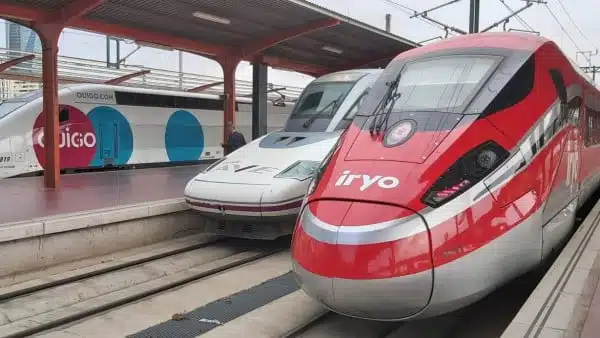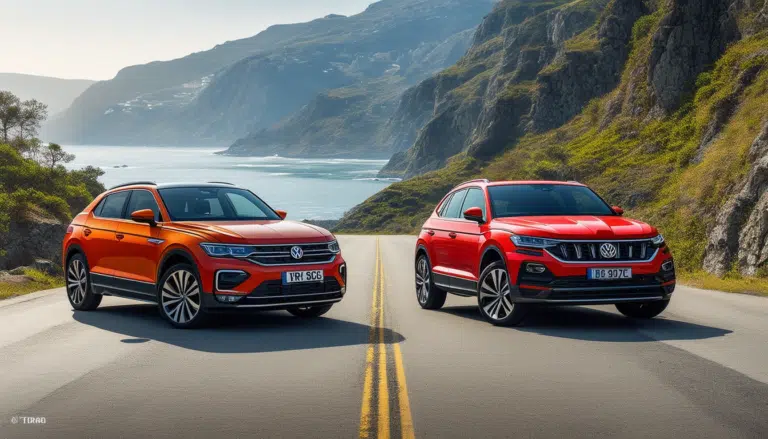Generación Z: An analysis of the relationship between young people and the automobile
Generation Z, made up of those born between the mid-1990s and early 2010s, has experienced significant transformations in their relationship with mobility, particularly with the automobile. In a context where technology and alternative transportation options are on the rise, the youth of this generation have begun to reconfigure their priorities and habits regarding vehicle ownership and use. A detailed analysis reveals the reasons behind this evolution and how it impacts the automotive industry and urban mobility trends.
Generation Z: An analysis of young people’s relationship with the automobile
Generation Z is characterized by distinct values and priorities compared to previous generations. With the rise of multimodality and the use of shared mobility technologies, many young people no longer see the automobile as a status symbol, but rather as an option that requires reflection and economic considerations. This article explores how these changes affect young people’s relationship with the automobile.
The transformation of young people’s priorities
According to Pablo Morante, head of Climate Action at the Youth Council of Spain, those who grow up in urban environments tend to prioritize more sustainable and efficient mobility alternatives. This indicates a distancing from the traditional car that was observed in previous generations, where owning a car was seen as a sign of success and personal growth.
Economic factors and car ownership
A recent study reveals that the economic factor is a significant barrier for many young people in purchasing a car. The associated costs are not limited to the purchase price but also include insurance, fuel, maintenance, and other expenses that are considered unnecessary luxuries. Many young people prefer to invest in experiences or in alternatives that ensure a lower impact on their budget.
Mobility preferences and new trends
Generation Z tends to favor public transportation, cycling, and vehicle sharing. With 29% of them using public transport regularly, it is evident that they seek transport modes that are not only economical but also environmentally friendly. This shift in focus prompts car manufacturers to rethink their marketing strategies.
The influence of technology on the driving experience
Another outstanding characteristic of Generation Z is their affinity for technology. Advances in mobile applications and mobility platforms have facilitated access to transportation options that do not require car ownership. The connection between mobility and technology promises to revolutionize how young people interact with the automotive world, prioritizing sustainability and efficiency in their decisions.
An uncertain future for the automotive industry
This change in car buying and usage behavior poses challenges for the automotive industry. As demand for cars decreases among young people, it is crucial for manufacturers to value sustainability and adapt their business models and marketing to the needs of this new generation. The pressure to innovate and offer alternatives is more relevant than ever.
Today, the automotive landscape is being redefined as Generation Z shapes a future where expectations and values are radically different. Shared mobility, sustainability, and efficiency emerge as key factors that young people consider when interacting with the automotive world.
Generation Z: An analysis of young people’s relationship with the automobile
Generation Z is characterized by a distinct approach to mobility, where the automobile is no longer necessarily a symbol of status or priority. Many young people believe that living in urban environments offers a range of alternative transportation options that are more accessible and sustainable.
The implementation of technologies that favor multimodality and shared mobility has changed their perception of using a personal car. In this way, a growing preference for vehicles that emphasize efficiency, sustainability, and user experience is observed, rather than speed or luxury.
This paradigm shift poses a challenge for car manufacturers, who must adapt to the new demands and expectations of a generation seeking transportation solutions that align more closely with their values and needs.





